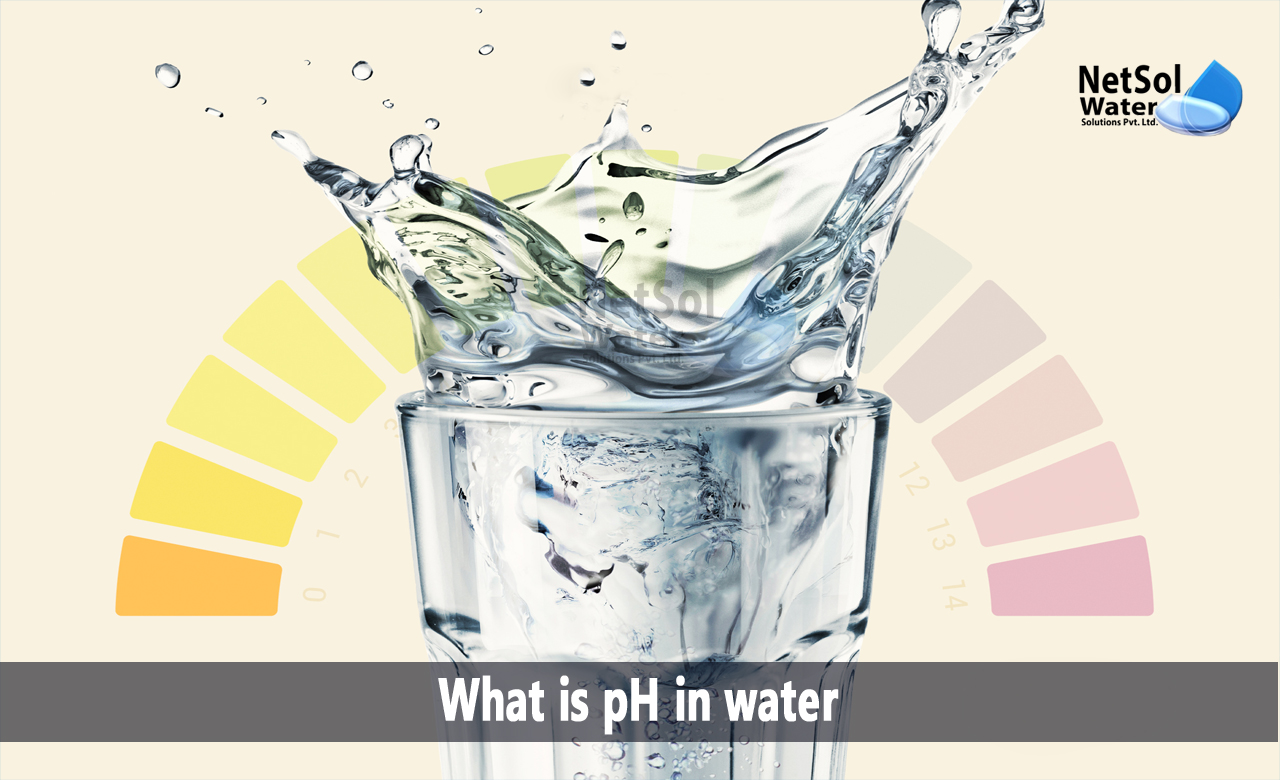The purpose of pH in water is to gauge a solution's acidity or basicity. It indicates the amount of hydrogen ions present in a liquid. A high pH suggests a lower hydrogen concentration while a low pH indicates, a higher hydrogen concentration.
What is pH in water? How is pH level measured?
The hydrogen ion concentration, often known as the pH value, is a metric used to determine how acidic or alkaline a solution is. A pH of 7 indicates a neutral solution, a pH of less than 7 indicates an acidic solution, and a pH of more than 7 indicates a basic solution.
The concentration of hydrogen ions in the solution changes by 10 times for every unit change in pH. The concentration of hydrogen ions in a given solution affects the electric potential that develops, between two suitable electrodes submerged in that solution. This characteristic is used to determine a solution's pH level.
This standard only covers the key elements of pH meter performance. It has also been thought about whether pH meter attachments can be switched out.
What affects water's pH levels?
Water is neither acidic nor basic, having a pH of 7, which indicates that it is neutral. The scale goes from 0 (extremely acidic) to 14 (very alkaline) or (very basic). Water often falls between the range of 6.5 and 8.5 on the scale.
Water's pH can change depending on the environment
Rainwater typically has a pH of 5.65 since it is inherently more acidic. However, when this water is released into the atmosphere, it interacts with atmospheric carbon dioxide, increasing acidity and lowering pH.
The pH of rainwater will again be influenced by the geology of the area, once it has reached the ground. This water will grow more basic as it permeates through layers of mineral-rich rock. However, it is unlikely that it will change much at all if it is exclusively exposed to igneous rock, like granite.
It can also be impacted by wastewater and mining discharges. Wastewater is normally neutral, but chemicals, pollutants, and other impurities can make the water much more acidic or alkaline.
Safe range of pH for drinking water
Water's safe pH range, according to the Environmental Protection Agency (EPA), is between 6.5 and 8.5. Water should not be consumed in amounts higher or lower than this. 7 is the ideal reading for drinking water.
What do we offer?
As we are aware now that the water should have a pH of between 6.5 and 8.5 while being used for drinking; ideally, it should be as near to 7. The water is unsafe to drink if it is any higher or lower than this. Therefore, our experts at Netsol Water will assist you in selecting the most effective technique for measuring pH, and controlling pH for the best water quality.



